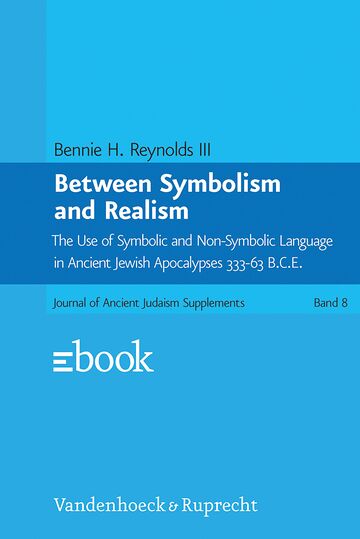- Ebook

Between Symbolism and Realism
- Año de edición 2011
Bennie H. Reynolds analyzes of the language (poetics) of ancient Jewish historical apocalypses. He investigates how the dramatis personae, i.e., deities, angels/demons, and humans are described in the Book of Daniel (chapters 2, 7, 8, and 10–12) the Animal Apocalypse (1 Enoch 85–90), 4QFourKingdoms(a-b) ar, the Book of the Words of Noah (1QapGen 5 29–18?), the Apocryphon of Jeremiah C, and 4QPseudo-Daniel(a-b) ar. The primary methodologies for this study are linguistic- and motif-historical analysis and the theoretical framework is informed by a wide range of ancient and modern thinkers including Artemidorus of Daldis, Ferdinand de Saussure, Charles Peirce, Leo Oppenheim, Claude Lévi-Strauss, and Umberto Eco. The most basic contention of this study is that the data now available from the Dead Sea Scrolls significantly alter how one should conceive of the genre apocalypse in the Hellenistic Period. This basic contention is borne out by five primary conclusions. For example, while some apocalypses employ symbolic language to describe the actors in their historical reviews, others use non-symbolic language. Some texts, especially from the Book of Daniel, are mixed cases. Among the apocalypses that use symbolic language, a limited and stable repertoire of symbols obtain across the genre and bear witness to a series of conventional associations. While several apocalypses do not use symbolic ciphers to encode their historical actors, they often use cryptic language that may have functioned as a group-specific language. The language of apocalypses indicates that these texts were not the domain of only one social group or even one type or size of social group.
-
FormatoEbook
-
EstadoNuevo
-
Isbn9783647550350
-
Peso2.8 MB
-
Número de páginas421
-
Año de edición2011
-
IdiomaInglés
-
FormatoPDF
-
ProtecciónDRM
-
ReferenciaBKW124099
